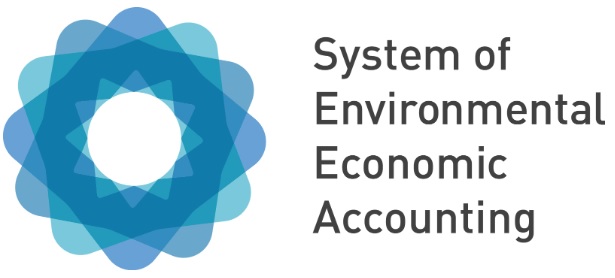- The System of Environmental-Economic Accounting (SEEA) is an international statistical framework developed to integrate environmental and economic data.
- It provides a structured approach to understanding how economic activities impact the environment and vice versa.

Key Components
- SEEA-Central Framework (SEEA-CF): Focuses on individual environmental assets like timber, water, and minerals, and their use in economic activities.
- SEEA-Ecosystem Accounting (SEEA-EA): Expands the scope to include ecosystems such as forests, rivers, and coral reefs, assessing the services they provide to human and economic activities.
Significance
- Enables policymakers to assess the sustainability of economic growth.
- Facilitates the valuation of natural resources and ecosystem services.
- Supports informed decision-making for sustainable development.
EnviStats India 2024: Key Highlights
- The Ministry of Statistics and Programme Implementation (MoSPI) released the 7th edition of EnviStats India 2024, aligning with the SEEA framework.
- This report offers insights into India's environmental statistics and economic interactions.
Major Findings
- Energy Transition Leadership: India has emerged as a global leader in energy transition efforts.
- Protected Areas Expansion: From 2000 to 2023, the number of protected areas increased by approximately 72%, and their total area expanded by around 16%.
- Mangrove Coverage Growth: Between 2013 and 2021, mangrove coverage grew by about 8%, underscoring efforts in coastal ecosystem conservation.
New Additions in 2024
- Ocean Accounts: For the first time, the report includes data on ocean ecosystems, detailing their extent and condition.
- Soil Nutrient Index: Updated values for 2023-24, derived from the Soil Health Card initiative, providing insights into soil health and agricultural sustainability.
- Biodiversity Data: Information on India's floral and faunal diversity, including the status of species like the Leopard and Snow Leopard, and genetic conservation efforts.
India's Engagement with SEEA
- India's commitment to environmental-economic accounting is evident through its active participation in global initiatives:
- Natural Capital Accounting and Valuation of Ecosystem Services (NCAVES): Launched in 2017 by the United Nations Statistics Division (UNSD), UNEP, and the Secretariat of the Convention on Biological Diversity (CBD), this initiative aims to integrate natural capital into national accounting systems.
- Strategy for Environmental Economic Accounts (2022-26): Released by MoSPI, this strategy outlines India's roadmap for developing and implementing environmental-economic accounts over the next few years.
Gross Environment Product Index (GEPI)
- In a pioneering move, Uttarakhand became the first Indian state to introduce the Gross Environment Product Index (GEPI).
- This index evaluates ecological development resulting from human interventions, focusing on four pillars:
- Air Quality
- Soil Health
- Forest Cover
- Water Resources
Formula: GEP Index = (Air-GEP Index + Water-GEP Index + Soil-GEP Index + Forest-GEP Index)
GEP Index = (Air-GEP Index + Water-GEP Index + Soil-GEP Index +Forest-GEP Index)
Significance
- Provides a comprehensive measure of ecological well-being.
- Assesses the impact of human activities on the environment.
- Supports sustainable policy-making at the state level.
